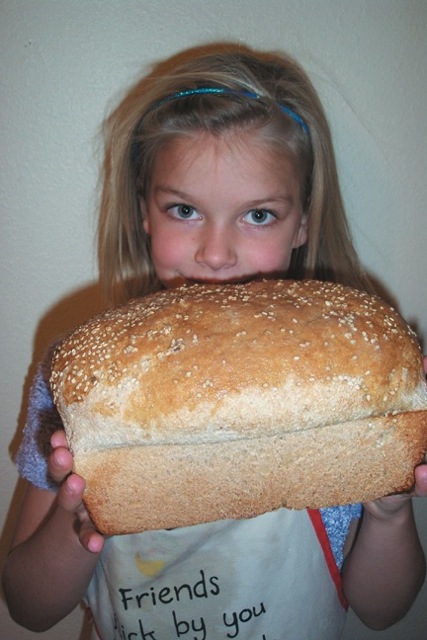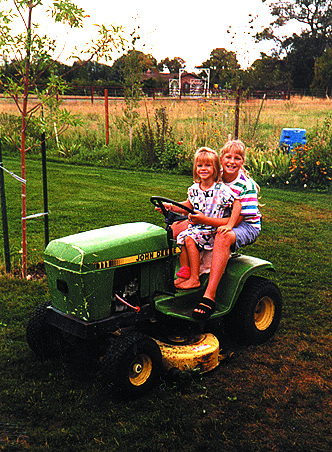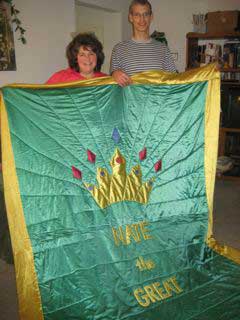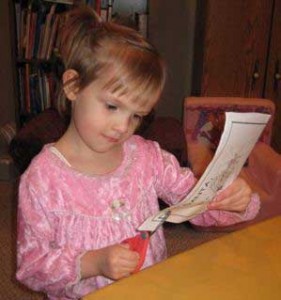
I just listened to yet another mom describe her “mad teenagers”. This is a problem that seems to happen all-too frequently amongst homeschooling families. And it doesn’t need to be.
A family starts off excitedly homeschooling their little ones, and things go pretty well. Life is fun day-by-day being together. The kids are excited and learning. Mom is delighted with their progress. Read-aloud, field trips, library trips, hands-on science experiments, and more blend together to make a very satisfying lifestyle and educational experience. It seems her children will turn out the best ever! She teaches them about God, about honesty, about manners. They are smarter and more mature and respectful than their peers. Everything is going well.
Fast forward 10 years and it can be quite a different story. Teenagers now—those once-happy-little-ones may be sullen, resistant, unmotivated. They can wreck the atmosphere in the home, and be a constant source of frustration to a mom who is cheerfully trying to keep her homeschool going.
What happened?
Basically, a young child’s needs are easily met within the family circle. But as that child grows year by year, those needs change. And if Mom the Teacher doesn’t flex and grow to provide for the teen’s needs, frustration can result. This can be especially challenging because mom is probably still having babies, and the little ones are still responding joyfully to her “method”.
For a growing pre-teen, the family circle is becoming a bit cramped. And, because growing-up is new to the child, they often can’t really express the growing unrest and resistance they feel. Once you’ve raised a few kids, you come to watch for this development in your children around 11 years old, give or take. It seems to correspond with self-awareness. Right before you eyes, your child changes from a carefree youth who doesn’t care if his socks match, to a self-conscious adolescent who looks in the mirror too much. If you jump right on it when you see the symptoms, and provide for his needs, life goes on happily. If you continue homeschooling-as-usual, expecting them to be content within the family circle, then anger and resistant or sullen behavior may surface—a symptom of those unmet needs.
So what is the cure?
Open the circle. Help your teens by striving to provide:
*Friends
*Association with members of the opposite sex (who have high standards)
*Venturing out in the world beyond home
*Relating to adults (outside family relations)
*More challenging schoolwork
*More responsibility in areas that truly contribute (being treated like an emerging adult)
So, how does one put that prescription into practice? Well, a good homeschooling support group can meet lots of those needs all in one swoop. Getting together with other homeschool families that have teens, and rotating the moms as teachers is the best way I’ve found to give our teens the friends they crave and truly need, as well as other adults to learn from and relate to. It also gives them time out of the family circle, more challenging schoolwork, someone besides Mom to be accountable to, and something to look forward to (and dress-up for!). When you put your efforts toward building such a group, you will find that your children have opportunity to make friends with those who share your values.
I put a lot of effort in trying to provide the social environment to meet my teens’ needs. We put on an Annual Homeschool Proms for a decade. Plus . . . campouts, 4th of July BBQ, Wacky Olympics, Space Camp, more dances, and many other activities with our homeschooling friends. We had weekly Teen Club, plus our Friday Fun Classes (rotating moms as teachers). Our homeschool group made meeting my teens’ social needs much easier!
If you don’t have a homeschool group, but can manage to teach a class that will gather good teens, you can provide a wonderful situation for your teen to make friends and have a social setting. My daughter Emily’s teen homeschool group included more than 25 teens who crowded into our living room for a weekly Wednesday Geography class. Even just inviting a few teens over on Saturday nights for games can help. Having good like-minded friends and a satisfying social life for your teens is worth a lot of effort on Mom’s part to orchestrate. It pays huge dividends in balance, contentment and social skills for your teen.
Enrolling in school part-time seems to be the default choice parents of homeschooling teens often use to banish restlessness and discontentment. Taking a few classes at a private, charter or public school can fill that need to expand a teen’s circle, but not without some drawbacks. Kids that have been socially deprived may be over-eager and fall in with bad friends, as they are often the easiest to win acceptance from. Another consideration of school attendance is that you have mentored your child to this point with solid values which generally include loving to learn, valuing intelligence, not wasting time, not cheating, not focusing on artificial measures of worth (grades, clothes, beauty, brawn) and more. These values will definitely be challenged in a school environment.
Belonging to a team (whether a ball team, a scouting troop, a dance company, a choir or an orchestra) is a growing experience for teens. They have to be dependable to their peers, and that is the stuff that helps fulfill and define a teen’s sense of “who am I”. Having a part-time job can work wonders to help fulfill this need also.
Whenever I hear about homeschooling families who have decided that taking online courses or distance learning would be a good solution for their teen, I shudder. Isolation is the worst prescription for a teen. That’s what more time on the computer or studying alone brings. The need is for a wider, more social daily interaction. Online courses—more computer time, less face-to-face involvement with people—often makes things worse!
Treating these growing-into-adult children like the adults they soon will be is excellent therapy. Put them in charge of dinner one night per week, or in charge of grocery shopping or baking the family’s bread, keeping track of the library books so they don’t get overdue fines, balancing the family checkbook and paying bills, fixing the computer, or any other responsibility that truly contributes to the family in an adult-like way. Give them the job, train them, help them feel the responsibility, and don’t do it for them when they falter. Your teen will learn, you will be off-loaded, plus you’ll come to really rely on their much-needed contributions to the family, and they will feel indispensable in a healthy way.
When we think of homeschooling, we may think “academic”, but raising a whole person requires balance in every dimension, and adapting to their changing needs. Give teens what they need and they will be content and happy . . . well, as happy as possible while going through puberty!
P.S. If you would like to read a great book on helping your teens and making your homeschool and home life that growing, happy place it should be for teens, I recommend:

Jumping Ship
What to Do So Your Children Don’t Jump Ship to the World When They Get Older
 “Choose thy love, love thy choice.” Powerful words!
“Choose thy love, love thy choice.” Powerful words!






















